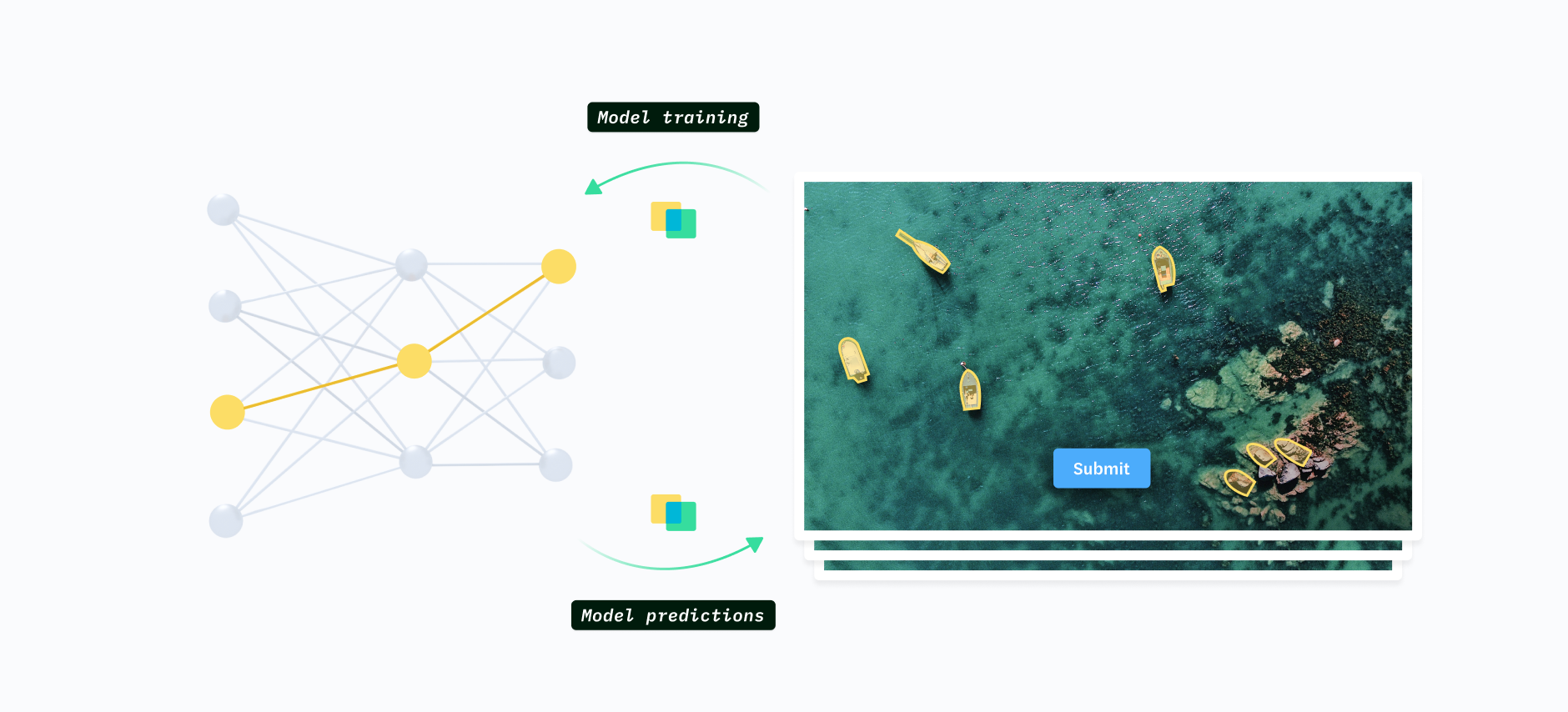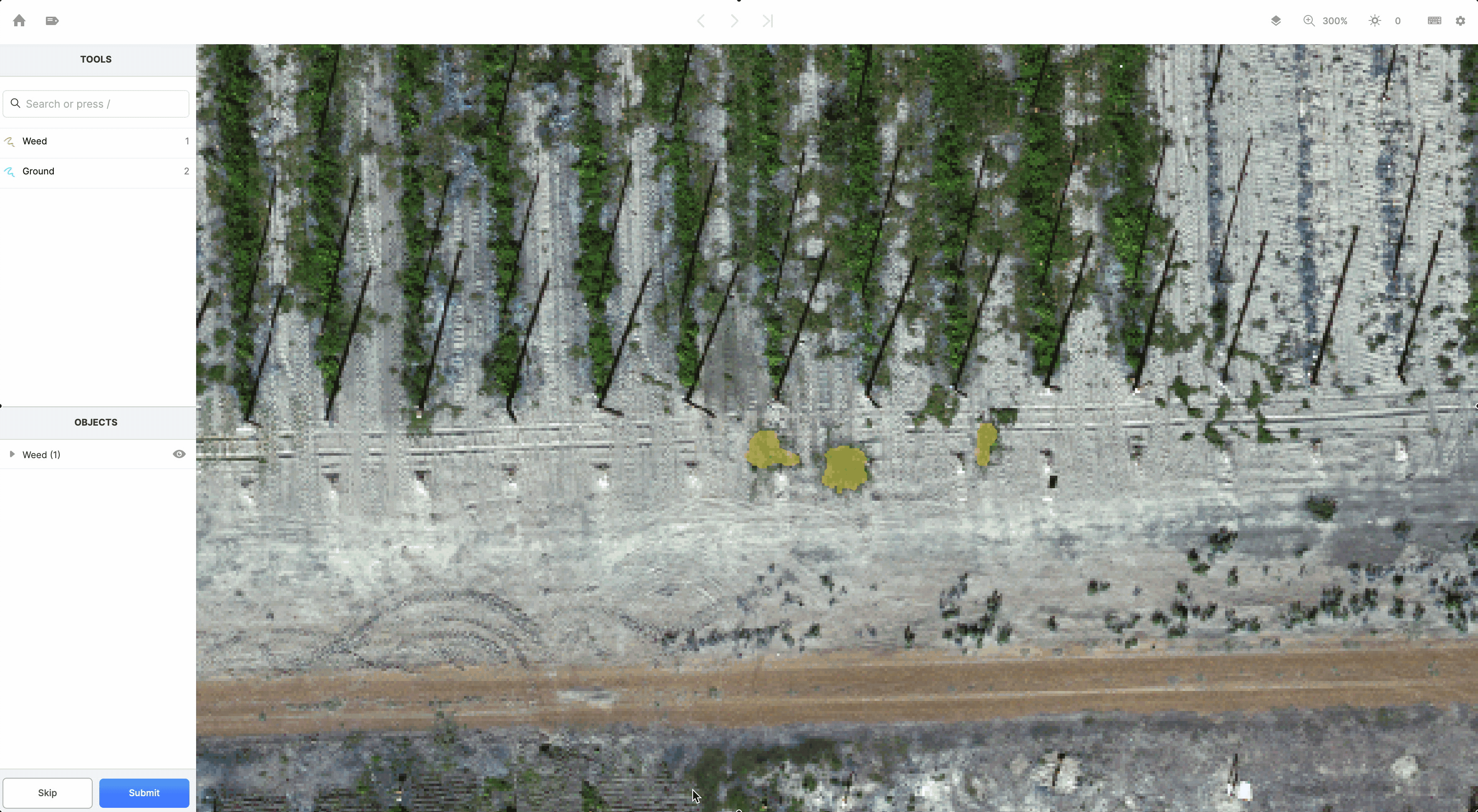Labelbox•September 21, 2020
Labelbox September updates

As we move into fall we have a new roundup of product improvements for you!
Labelbox is now SOC 2 Type II certified

We are excited to announce that we have achieved full SOC 2 Type II security compliance as a part of our ongoing efforts to prioritize the security and confidentiality of our customer’s data. SOC 2 Type II is one of the highest standards in information security commercially.
Cut labeling costs with model-assisted labeling

Customers are finding they are able to reduce human labeling spend by up to 70% irrespective of the data domain. We’ve rolled out updates to make model-assisted labeling more powerful and faster than ever.
Watch our recent webcast about model-assisted labeling where we walk through example workflows and host a live audience Q&A.
Import annotations with a simplified python SDK command
You no longer need to create a .ndjson file and host it in the cloud to import annotations. Just use upload_annotations and start importing in bulk.
Here’s an example:
annotations = [
{
"uuid": "9fd9a92e-2560-4e77-81d4-b2e955800092",
"schemaId": "ckappz7d700gn0zbocmqkwd9i",
"dataRow": {
"id": "ck1s02fqxm8fi0757f0e6qtdc"
},
"bbox": {
"top": 48,
"left": 58,
"height": 865,
"width": 1512
}
}
]
upload_job = project.upload_annotations(
name="upload_annotation_job_1",
annotations=annotations)Delete pre-labels in bulk to accelerate iteration cycles
Model-assisted labeling can guide your iteration cycles to dramatically improve model performance and reduce labeling time and cost. However, to streamline these iteration cycles, you must remove old pre-labels from previous imports to make space for pre-labels generated by the newly trained model.
You can now query and delete existing pre-labels created by a bulk import request with the bulkImportRequests and deleteBulkImportRequest mutation.
Try model-assisted labeling by training the Facebook Detectron2 model today

We’ve created a Google Colab notebook that implements E2E model-assisted labeling for object detection and image segmentation with Facebook Detectron2 models. This tutorial will walk you through the model-assisted labeling workflow and demonstrate how to quickly get started and improve model performance. All you have to do is change parameters and hit run!
Image overlays and improved attachments

Many computer vision use cases capture data in multiple modalities. For example, sensors in the agriculture or geospatial industry typically capture images of plants with multi-spectral cameras, and state of the art surgery robots have near-infrared sensors. Ultimately people want to label data with the most information possible to aid accurate labeling.
You can now import multiple image overlays in Labelbox. At the same time, we have also expanded the ability to bring more information such as images, text, or video as attachments to aid labeling.
Image and video labeling editor improvements
We also made numerous improvements to the editor. Here are some highlights:
- You don’t need to press “spacebar” to pan image and videos. Simply grab the screen with the mouse and pan.
- Adjust video playback speed in granular increments (0.5x to 5x).
- Select frames in the video editor more easily and intuitively.
Learn best practices for labeling videos
Check out the latest video tutorials to learn about best practices while labeling images and videos.

 All blog posts
All blog posts

